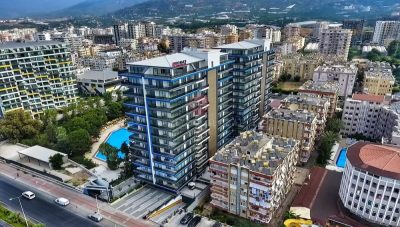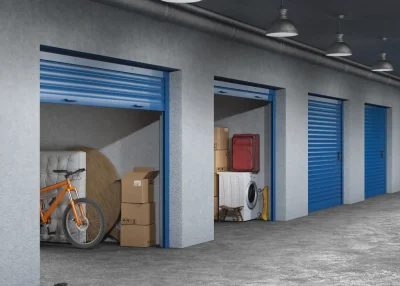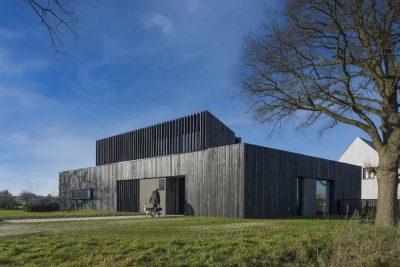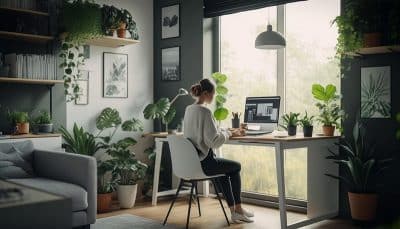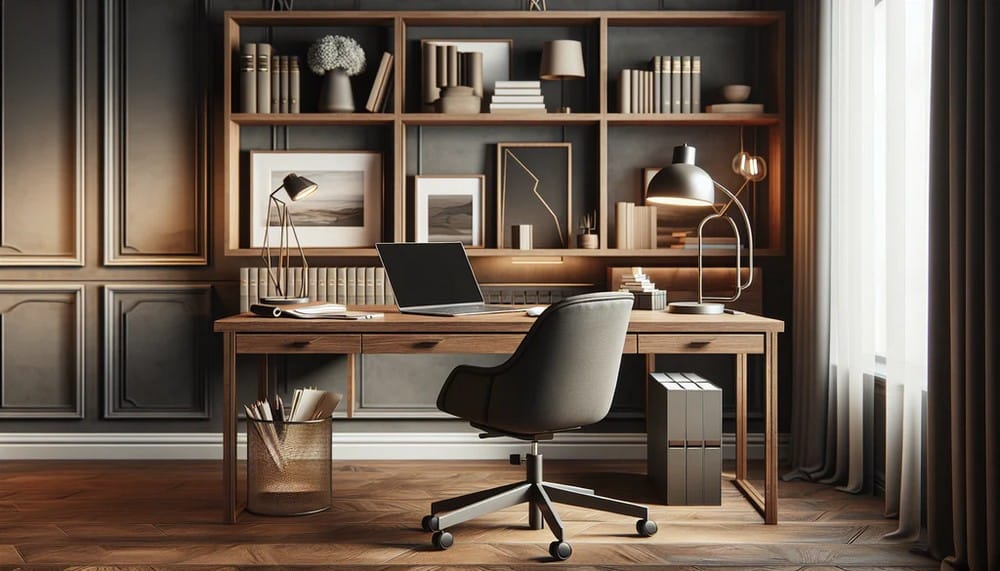
In today’s rapidly evolving world, the way we live and work has undergone a profound transformation. With more individuals transitioning to remote work and spending extended periods in their homes, creating visually appealing and functionally safe spaces has become increasingly essential.
This article explores how integrating ergonomic design with aesthetic elements can lead to a health-conscious home environment. We will delve into practical design tips, and safety considerations, and even touch on legal perspectives to help homeowners not only enhance comfort but also reduce injury risks.
Understanding Ergonomics and Aesthetics
Ergonomics is the science of designing spaces and products that fit the human body and its movements, ensuring comfort, reducing strain, and preventing injury. On the other hand, aesthetics focuses on creating a visually pleasing environment that reflects one’s personal style and taste.Merging these two seemingly distinct disciplines results in a space that is as beautiful as it is functional.
A well-designed home should nurture both the physical well-being of its occupants and their sense of style. In practice, this means choosing furniture, layouts, and accessories that support healthy body mechanics without compromising on elegance. When thoughtfully applied, ergonomic principles can transform everyday living spaces into sanctuaries that promote both health and happiness.
Designing a Safe Home Office
The home office has emerged as a critical space in modern homes, especially with the rise in remote work. An ergonomically designed workspace is more than just a trendy desk and comfortable chair—it is a strategic layout that minimizes the risk of repetitive stress injuries and promotes overall well-being.
Essential elements of a safe home office include a monitor set at eye level, a chair with proper lumbar support, and a desk that allows for optimal placement of keyboards and other devices. These adjustments help prevent common ailments such as carpal tunnel syndrome, chronic back pain, and neck strain.
From a legal perspective, especially for professionals who operate from home on a contractual basis or run small businesses, maintaining an ergonomically sound workspace is an effective strategy to mitigate liability and reduce the risk of worker’s compensation claims should an injury occur.
Illumination That Enhances Safety and Style
Lighting plays a pivotal role in both the functionality and aesthetic appeal of a home. Natural light is universally recognized for its positive impact on mood and productivity. When natural light is scarce, however, the strategic use of artificial lighting becomes essential.High-quality, adjustable lighting systems that mimic daylight can significantly reduce eye strain and enhance visibility in workspaces and living areas alike.
Beyond functionality, well-designed lighting adds depth and character to a room, highlighting architectural features and creating a warm, inviting atmosphere. By carefully planning the placement of lamps, overhead lights, and accent fixtures, homeowners can achieve a balance where safety and style coexist harmoniously.
Ergonomic Kitchen Design: Efficiency Meets Elegance
Often considered the heart of the home, the kitchen is where functionality and design converge most vividly. An ergonomic kitchen is characterized by thoughtful layout choices that minimize unnecessary movements, reduce the risk of accidents, and streamline daily tasks. Positioning frequently used items within easy reach is a key component of efficient kitchen design.
Additionally, choosing countertops with rounded edges can help prevent accidental bumps and injuries, especially in households with young children or elderly residents. The integration of stylish yet durable materials—such as high-quality stone or engineered wood—not only boosts the kitchen’s aesthetic appeal but also reinforces its safety features. In essence, an ergonomic kitchen is a testament to the idea that elegance and practicality can go hand in hand.
Legal Insights: Reducing Liability Through Ergonomic Design
Beyond the immediate physical benefits, an ergonomically designed home offers significant legal advantages. Injury prevention is a crucial factor in minimizing liability and reducing the likelihood of worker’s compensation claims. In the unfortunate event of an accident, evidence of a thoughtfully designed space can play a critical role in legal proceedings.
For homeowners, contractors, and designers, demonstrating that all necessary precautions were taken to ensure safety can be a compelling defense against claims of negligence. An insurance company or a skilled workers’ compensation attorney will always emphasize the importance of ergonomic improvements as part of comprehensive risk management strategies. By investing in ergonomic design, homeowners are not only enhancing their quality of life but also protecting themselves from potential financial and legal repercussions. This proactive approach serves as a safeguard, ensuring that beauty and functionality are maintained without compromising on safety.
Bathroom Safety Without Compromising Aesthetics
Bathrooms, despite being one of the most frequently used spaces in a home, are often overlooked when considering ergonomic design. However, they present a prime opportunity to blend safety with style.
Slip-resistant flooring, for example, is a critical feature that can significantly reduce the risk of falls—one of the most common household injuries. Modern bathroom designs can incorporate grab bars that blend seamlessly with the décor and shower spaces that are both functional and visually appealing.
Smart technologies such as automated lighting and temperature controls further enhance bathroom safety, ensuring that the environment remains comfortable and secure without sacrificing its aesthetic charm. By prioritizing safety features in the bathroom, homeowners create a space that supports physical well-being while still offering a luxurious feel.
Open Floor Plans and Seamless Movement
The overall layout of a home is a critical factor in fostering a health-conscious environment. Open floor plans have gained popularity not only for their modern look but also for their ability to facilitate smooth and unobstructed movement.
Wide hallways, uncluttered spaces, and strategically placed furniture ensure that residents can navigate their homes with ease, thereby reducing the risk of accidents such as trips and falls. Moreover, open layouts promote a sense of spaciousness and freedom, allowing for better airflow and natural light distribution.
When different functional zones—such as work, relaxation, and exercise—are clearly defined within an open space, it becomes easier to maintain a balance between activity and rest. This holistic approach to home design not only enhances the visual appeal of the space but also contributes to long-term physical health and mental well-being.
Smart Home Technology: Merging Innovation and Safety
In today’s era of digital innovation, smart home technology offers an exciting avenue for integrating safety features without compromising on style. Devices such as automated emergency alert systems, remote-controlled lighting, and climate control solutions contribute to a safer living environment.
For instance, smart sensors can detect unusual activity or changes in temperature, alerting homeowners to potential hazards before they escalate into serious issues. The seamless integration of these technologies into modern design allows for an environment that is both intuitive and secure. Smart home systems not only enhance convenience but also serve as a proactive measure to reduce risks and prevent accidents, thereby reinforcing the health-conscious ethos of the home.
Final Thoughts: Investing in a Health-Conscious Home
Crafting a health-conscious home environment that marries ergonomics with aesthetics is an investment in your future. It requires careful planning, attention to detail, and a commitment to creating spaces that support both physical health and personal well-being.
From designing a safe and productive home office to creating inviting kitchens and bathrooms, every element of your home can be optimized for safety and style. The integration of smart technology further elevates the living experience, ensuring that your home remains adaptable to modern needs while prioritizing injury prevention.
Ultimately, a home that embodies both ergonomic principles and aesthetic appeal stands as a testament to thoughtful design. It is a space where beauty does not come at the expense of functionality, and where every design choice is made with an eye toward safety and long-term well-being. Whether you are remodeling an existing space or building a new home from the ground up, adopting a health-conscious approach to design is the key to creating an environment that nurtures the body, mind, and spirit.

